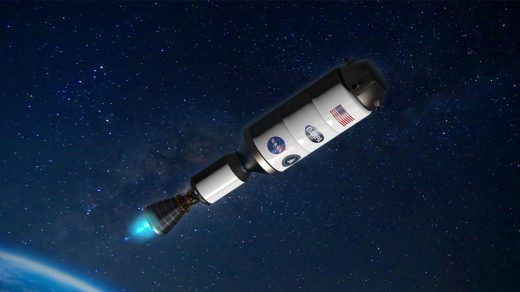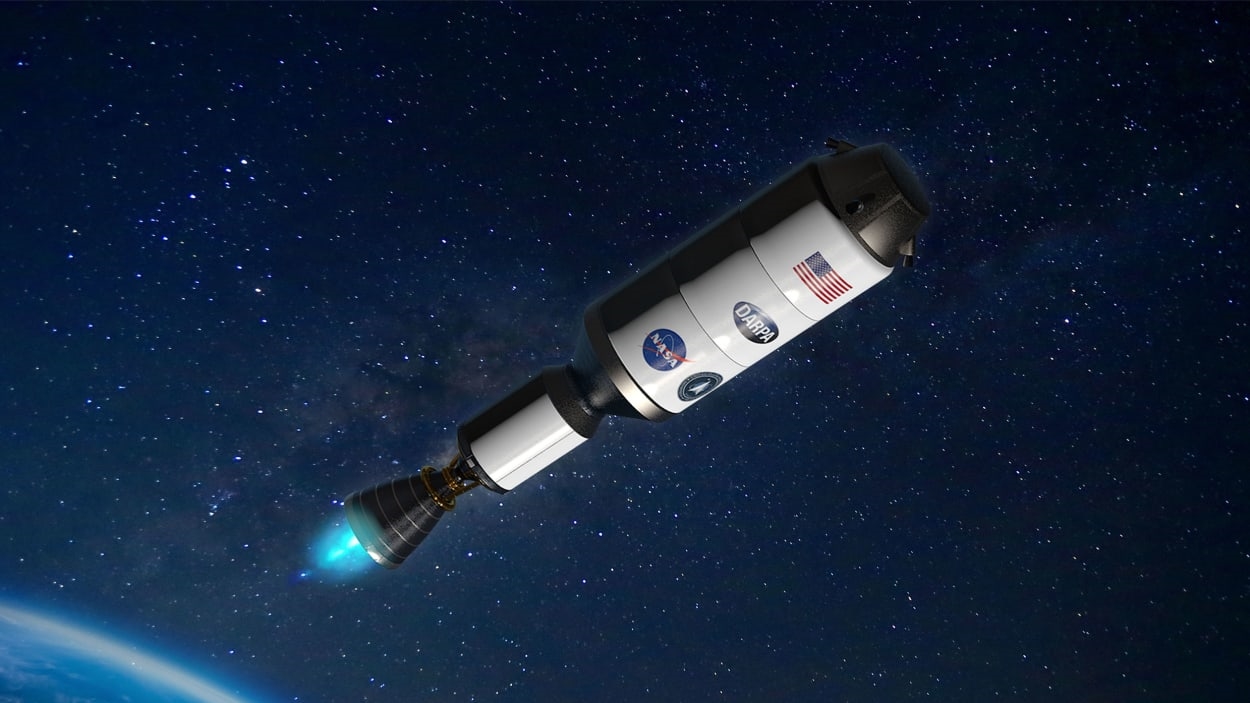Express to Mars? NASA and the Pentagon award contract to build the first nuclear-powered rocket
On Wednesday, NASA and the Pentagon’s Defense Advanced Research Projects Agency announced that Lockheed Martin had won a contract to build and test a nuclear propulsion system that could halve the time it would take a spacecraft to reach Mars.
With NASA’s current technology, traversing the hundreds of millions of miles to Mars would take seven to nine months, even during the planet’s closest approach to Earth, which only occurs once every 26 months. Having astronauts live in cramped spaces for such a long time can impact their mental health and lead to tensions between crew members—not to mention, potentially expose them to long periods of radiation in space.
“In order for our country, for our species, to further explore space, we need changes in more efficient propulsion,” Kirk Shireman, vice president of Lockheed Martin’s Lunar Exploration Campaigns, told reporters. “Higher thrust propulsion is really, really important. And I think we’re on the cusp of that here.”
Harnessing nuclear power for future missions rather than using today’s chemically fueled rockets could send astronauts to the Red Planet in just 3-4 months. The rockets would carry fission reactors that split atoms to heat the propellant by thousands of degrees, converting it into a hot gas that is funneled through a nozzle to generate thrust. While Lockheed Martin is leading the development of the rocket, their partner BWX Technologies will build the nuclear fission reactor powering the engine.
This nuclear thermal propulsion system would greatly increase fuel efficiency and require significantly less propellant than chemical rockets. Not only will this development leave more space for scientific equipment, but it will also allow the rocket to be continuously accelerating throughout the journey, rather than simply coasting through space.
“Nuclear propulsion is a key capability on NASA’s roadmap to send astronauts to Mars. A nuclear-powered rocket would enable faster trips to the Red Planet, making missions less complex and safer for crew,” NASA wrote in a statement.
The $499 million project, named the Demonstration Rocket for Agile Cislunar Operations (DRACO), includes a flight test of the nuclear thermal engine, which Lockheed Martin has currently scheduled for late 2026 or early 2027. For safety reasons, the nuclear reactor would only be turned on once the rocket reaches a safe orbit outside of the Earth’s atmosphere.
This post has been updated with a corrected timeline for the flight test. A spokesperson for DARPA said that Lockheed Martin had misstated the projection.
(18)



